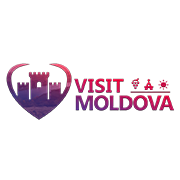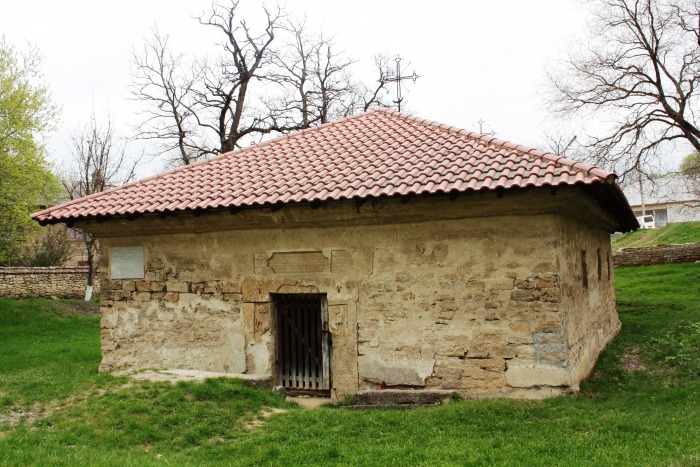Unique architectural monument in the eastern Carpathian space, the “Adormirea Maicii Domnului” Church in Causeni is built at the turn of the seventeenth and eighteenth centuries. This church is amazing and provides an optical illusion: although it looks small on the outside, the interior surprises with the generosity of its space. The church is located below ground level (being “semi-buried”), as Causeni was part of the Bugeac raya, respectively was subject to Ottoman laws that provided that churches should not be higher than the base of the roof of mosques and should not exceed a certain size. The paintings of the building date since 1763, being the work of painters Stanciul Radu and Voicul.
Routes of life
Routes of life
Travel agencies

GoAdventure Moldova
Routes of life
Travel agencies

Winetours Moldova
Routes of life
Travel agencies

Tez tur
Routes of life
Travel agencies

Voyages Moldavie
Routes of life
Travel agencies

Ways Travel
Routes of life
Travel agencies

Visit Moldova
Routes of life
Travel agencies

Corina Travel Agency
Routes of life
Travel agencies

Tatrabis
Culture
Routes of life

“Adormirea Maicii Domnului” Church in Causeni
Unique architectural monument in the eastern Carpathian space, the “Adormirea Maicii Domnului” Church in Causeni is built at the turn of the seventeenth and eighteenth centuries. This church is amazing and provides an optical illusion: although it looks small on the outside, the interior surprises with the generosity of its space. The church is located below ground level (being “semi-buried”), as Causeni…